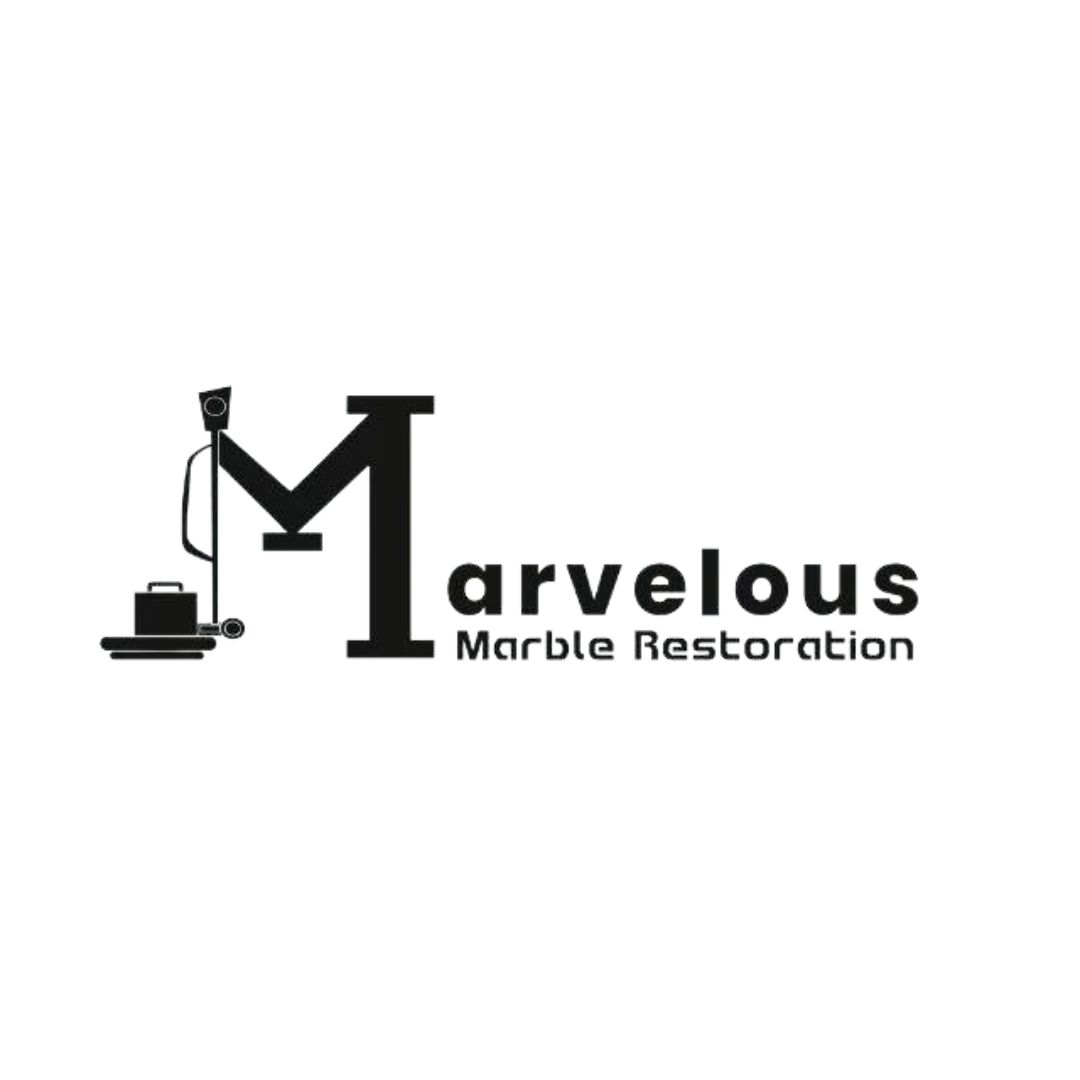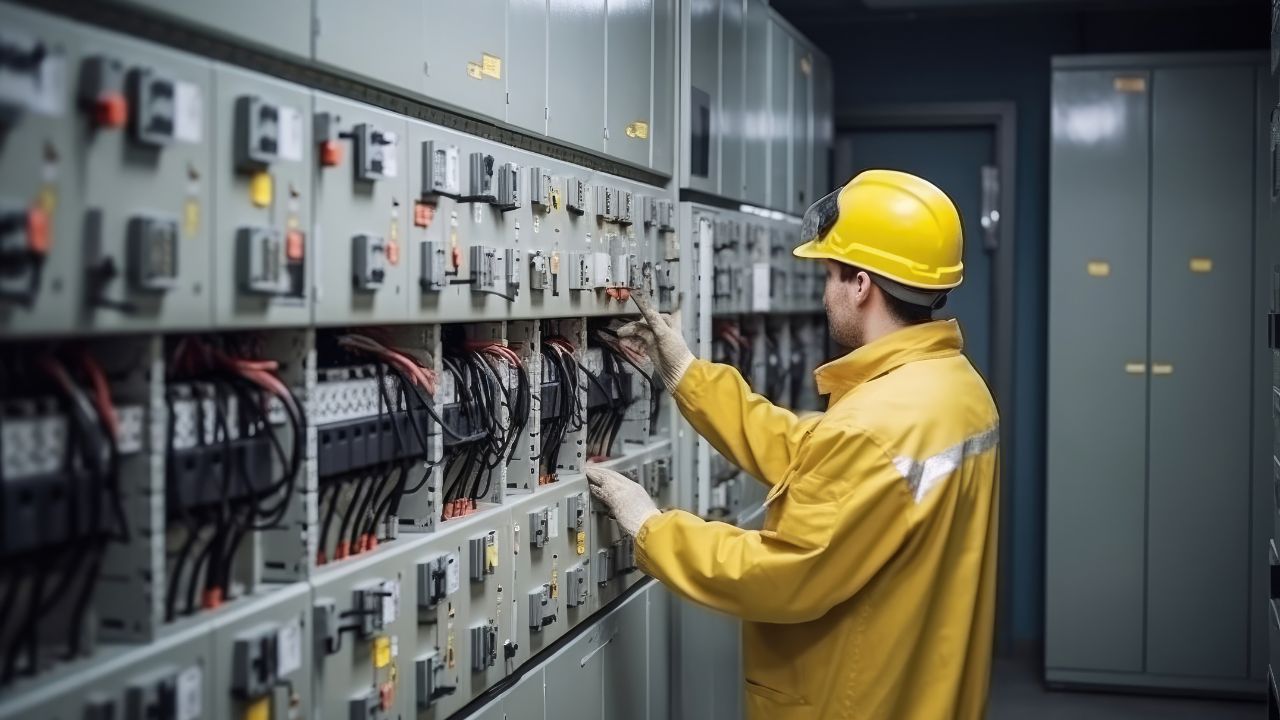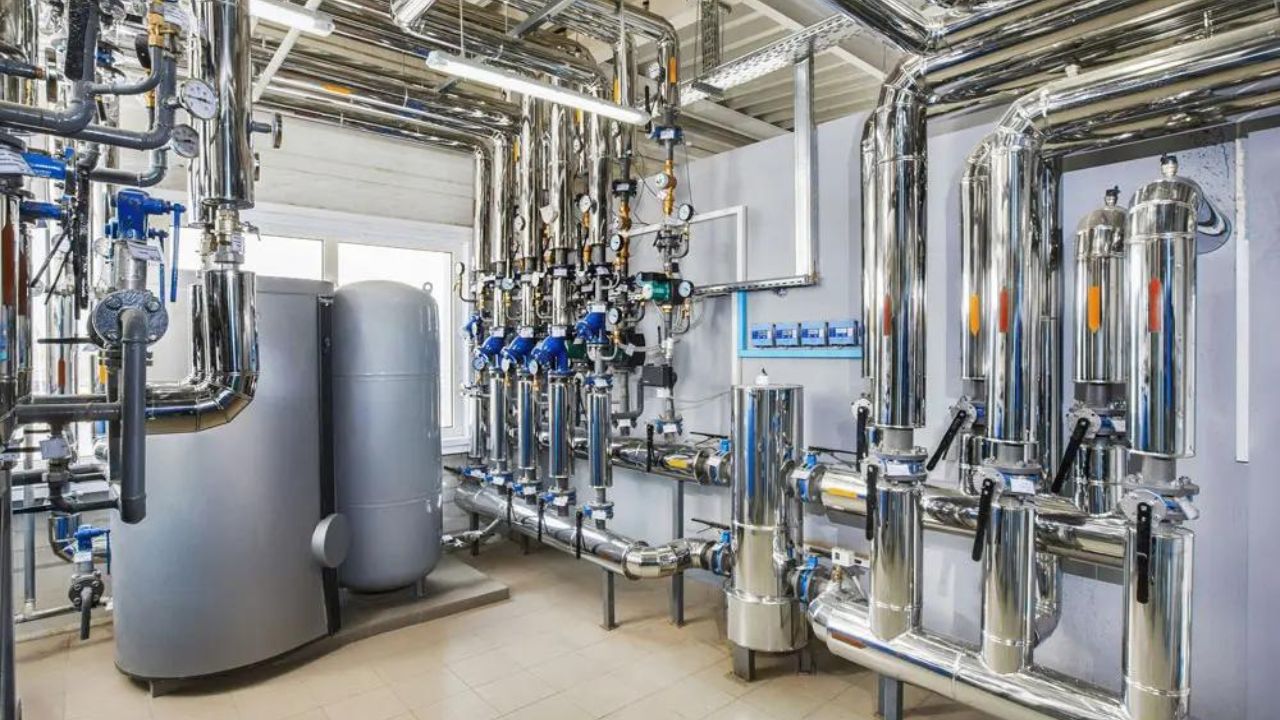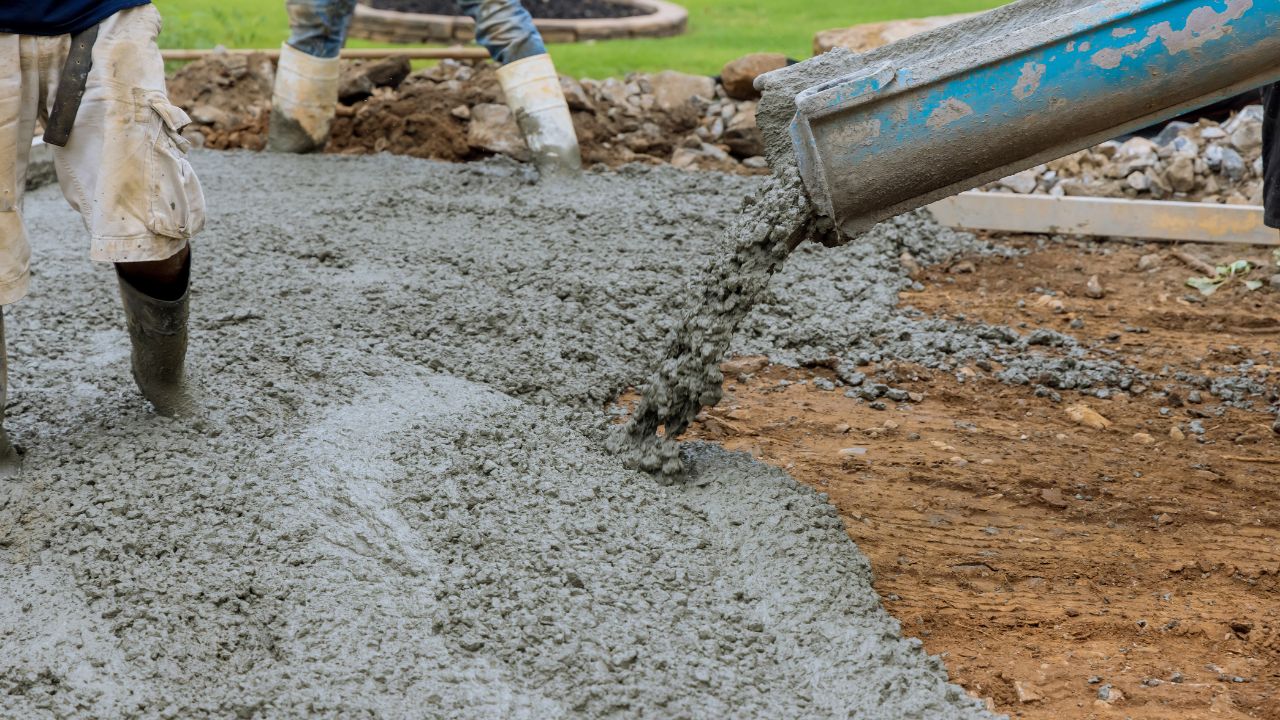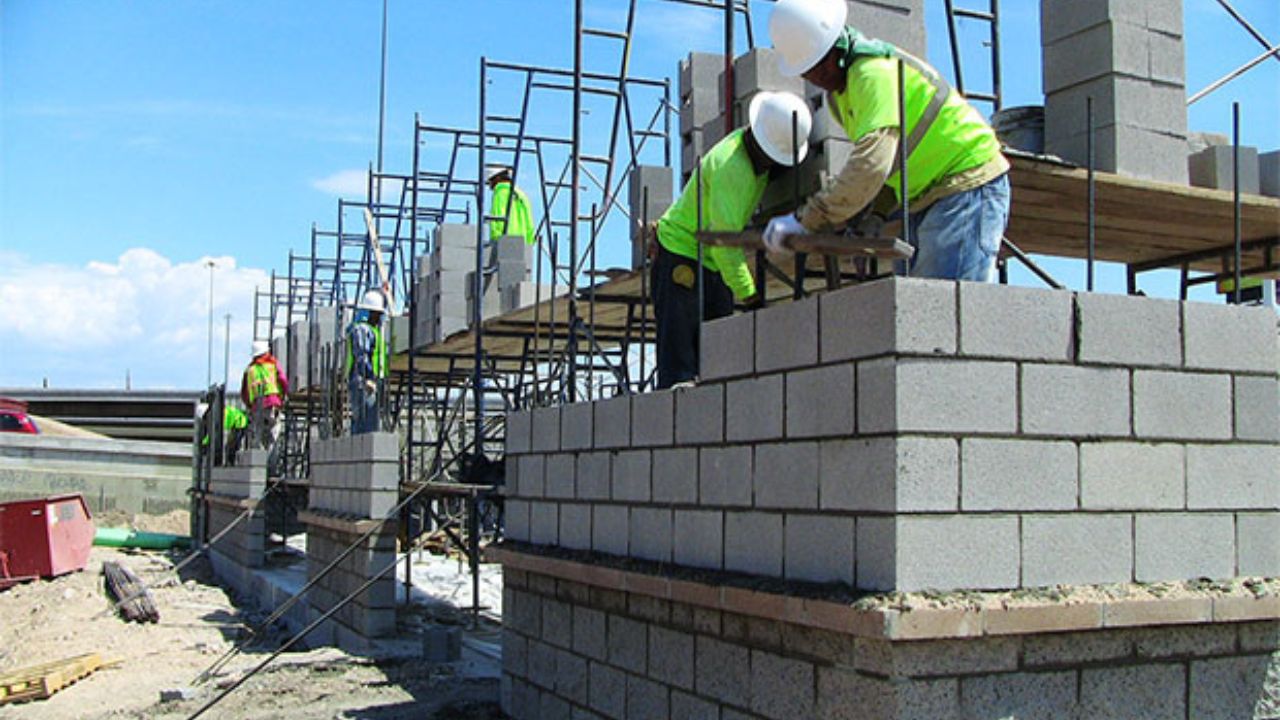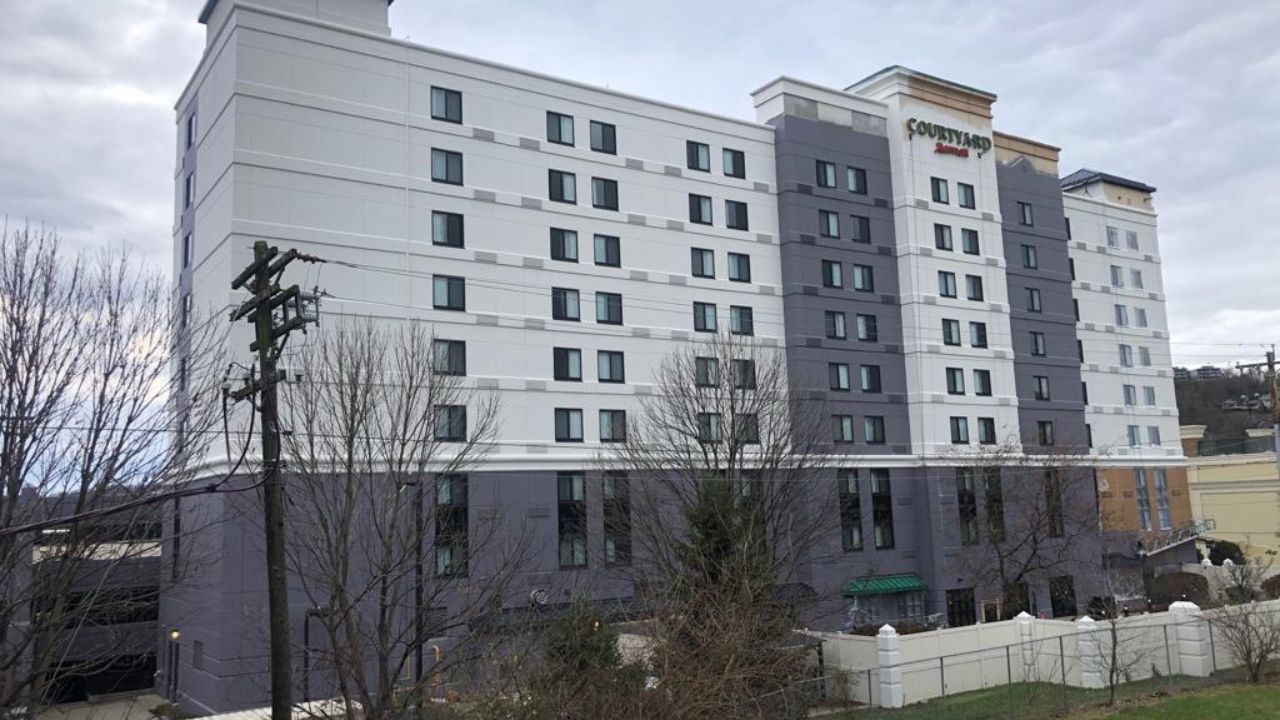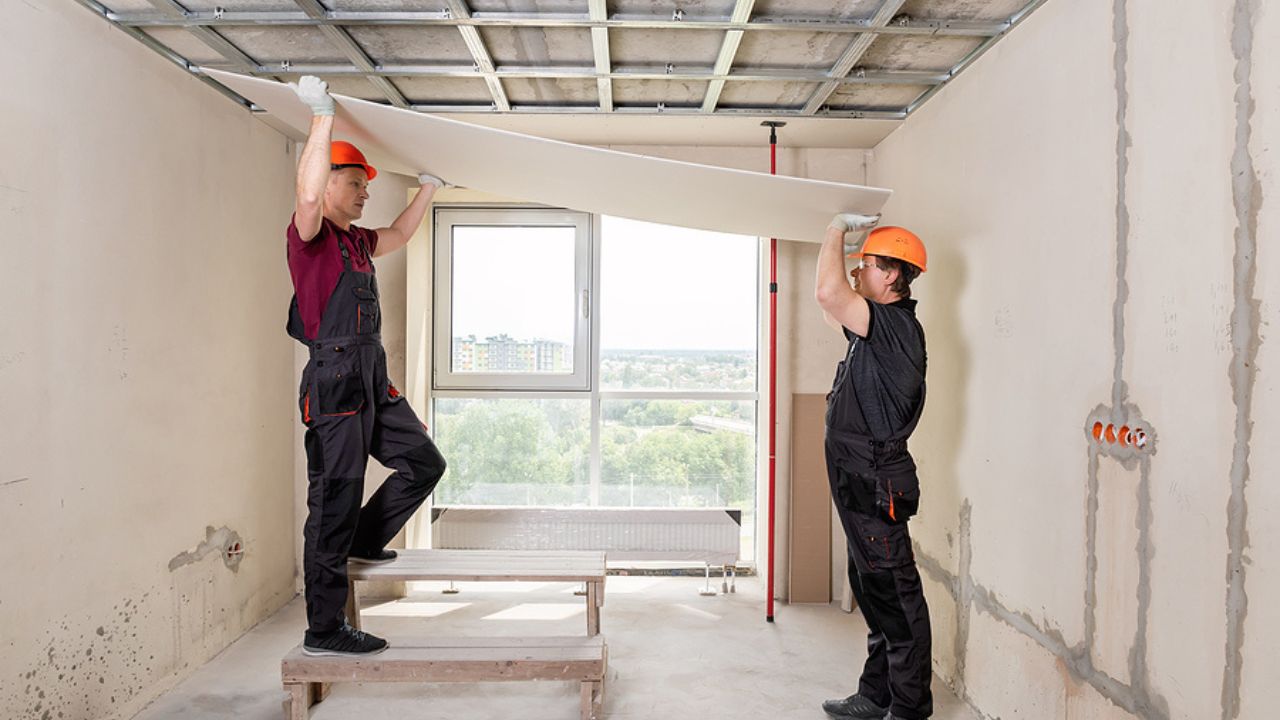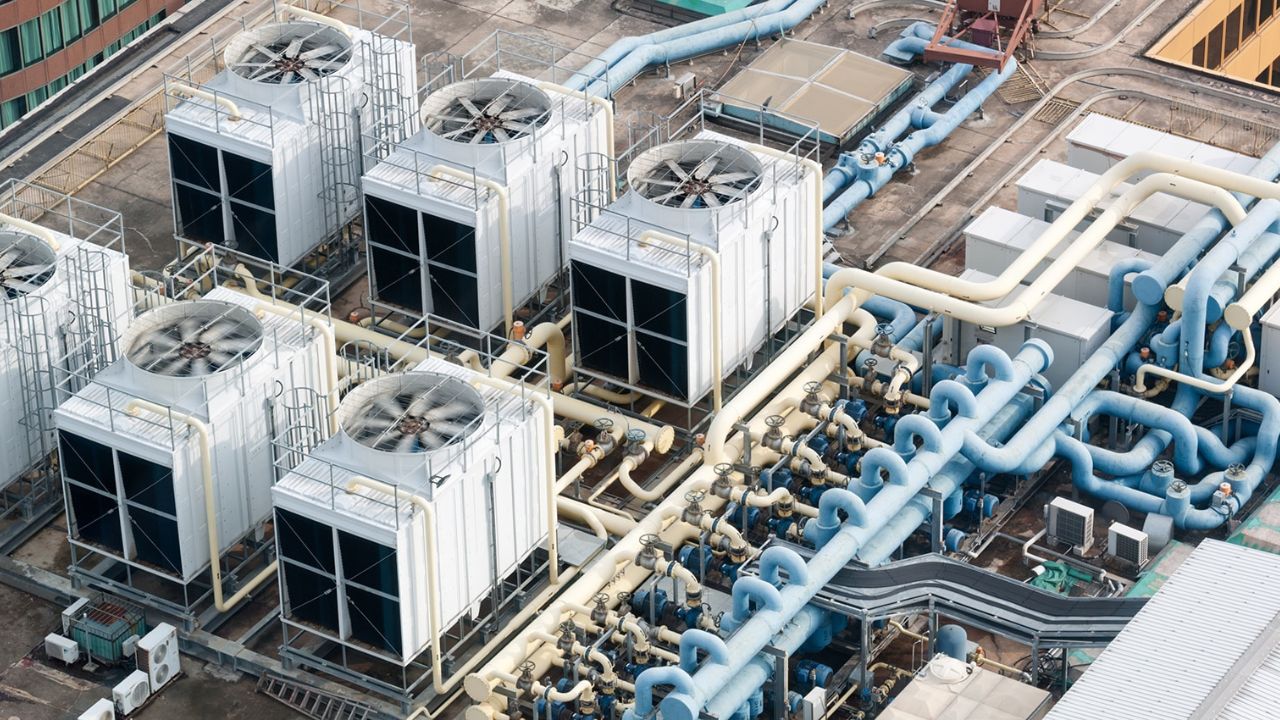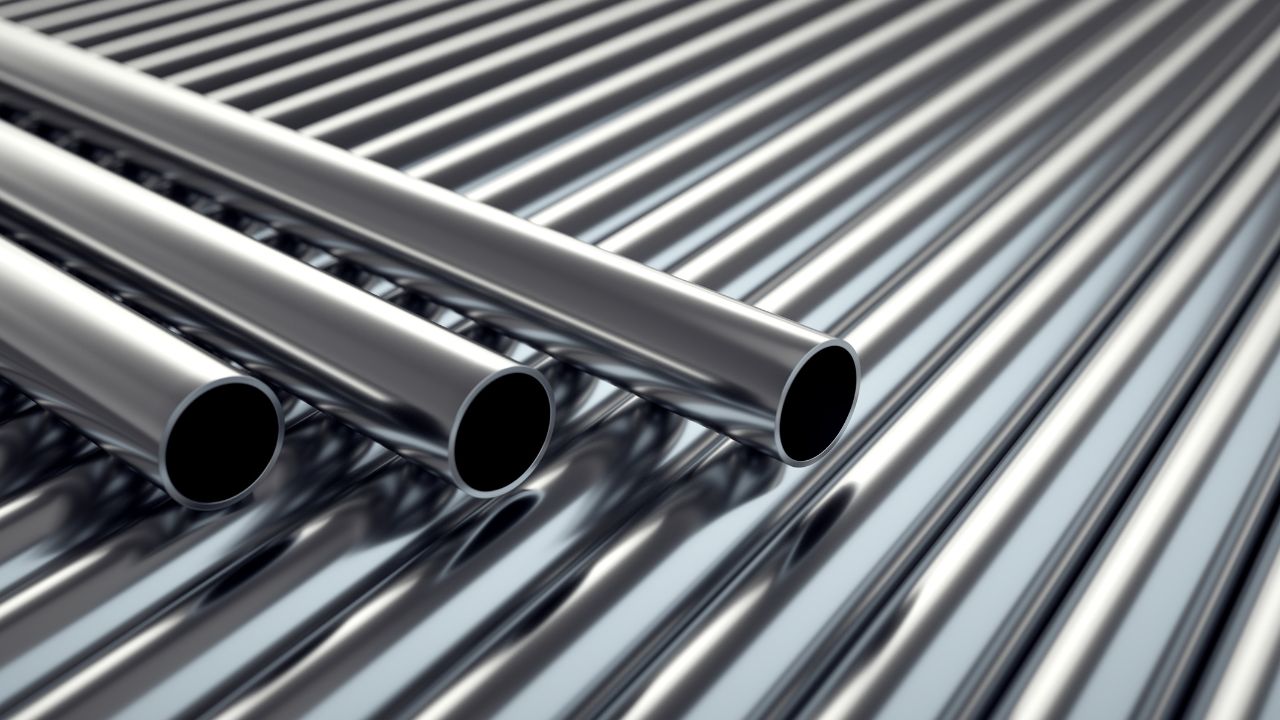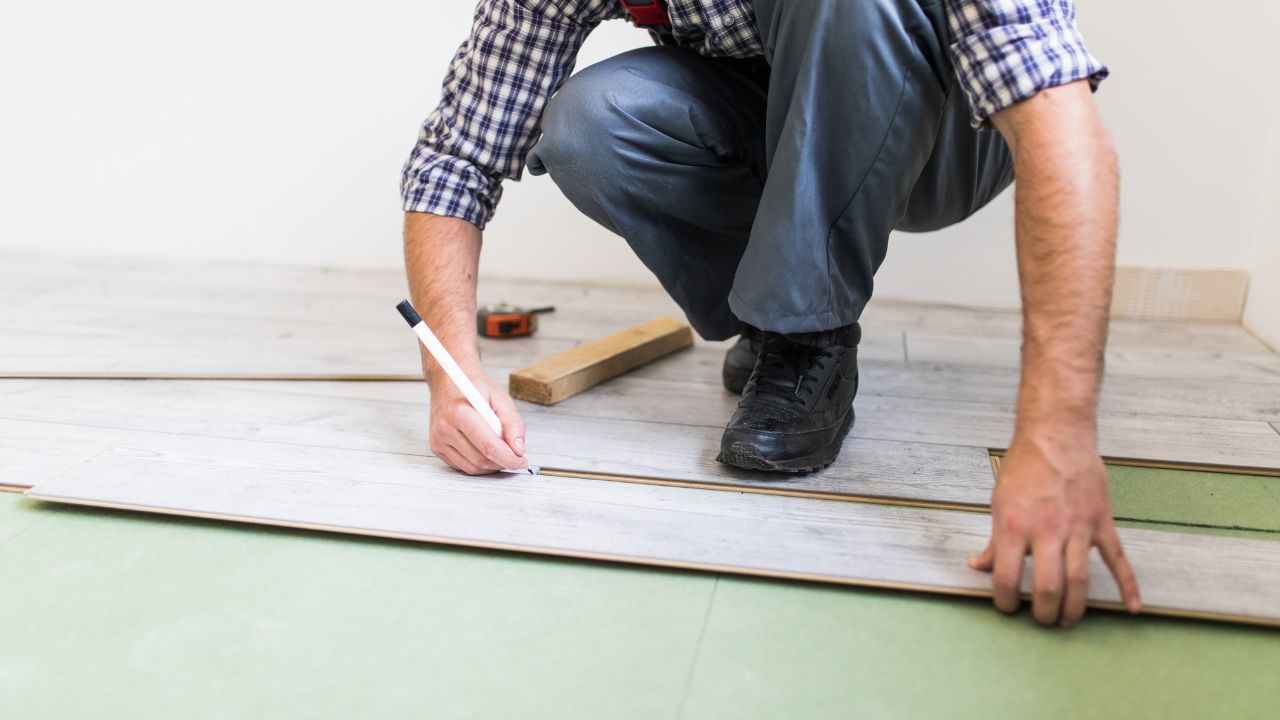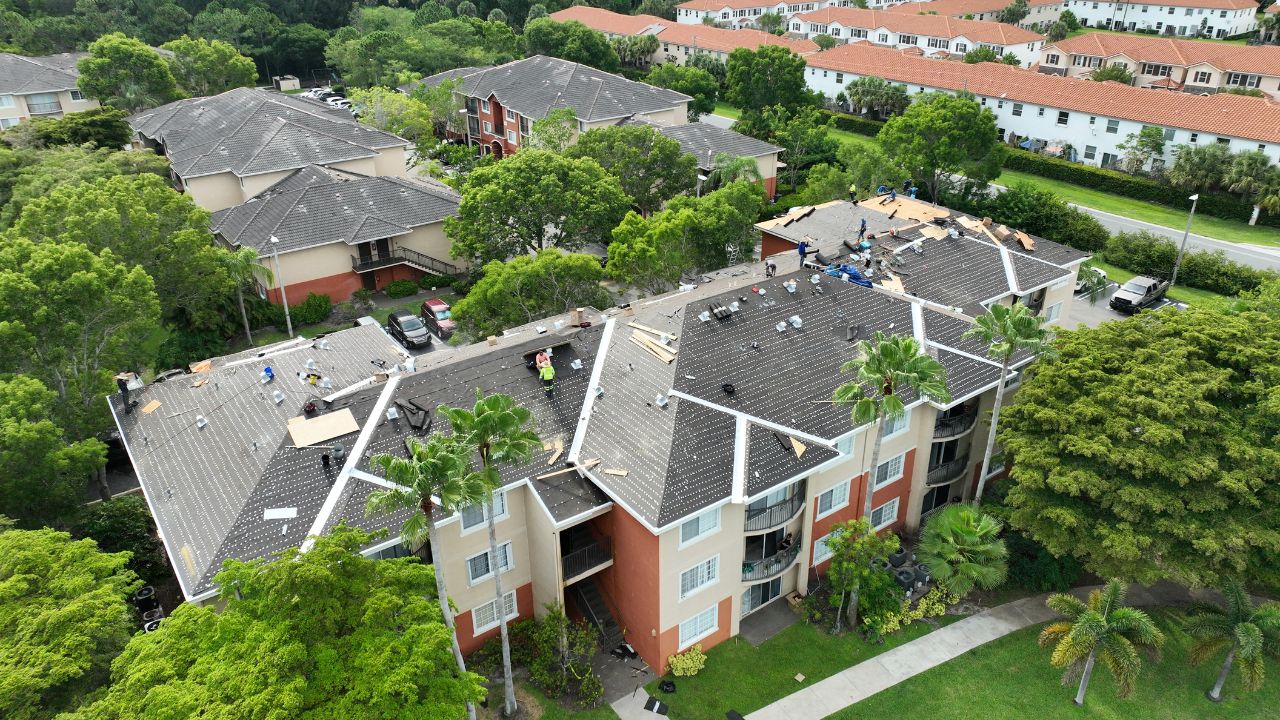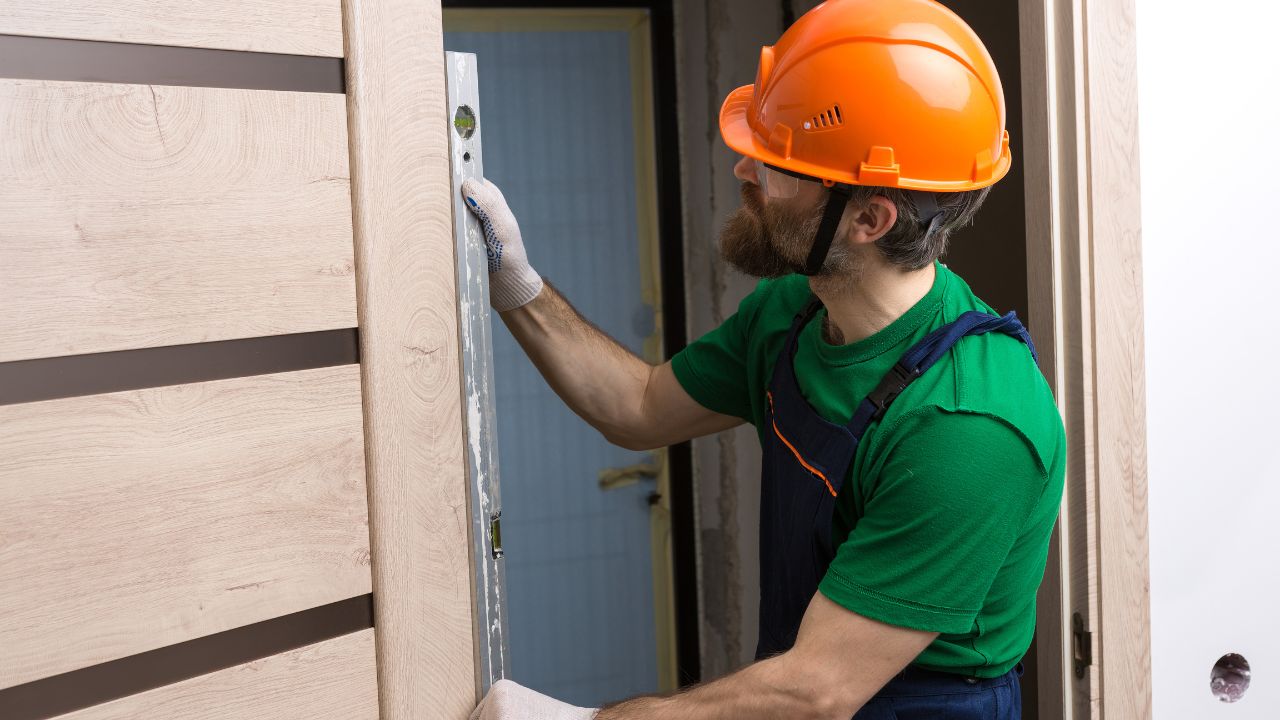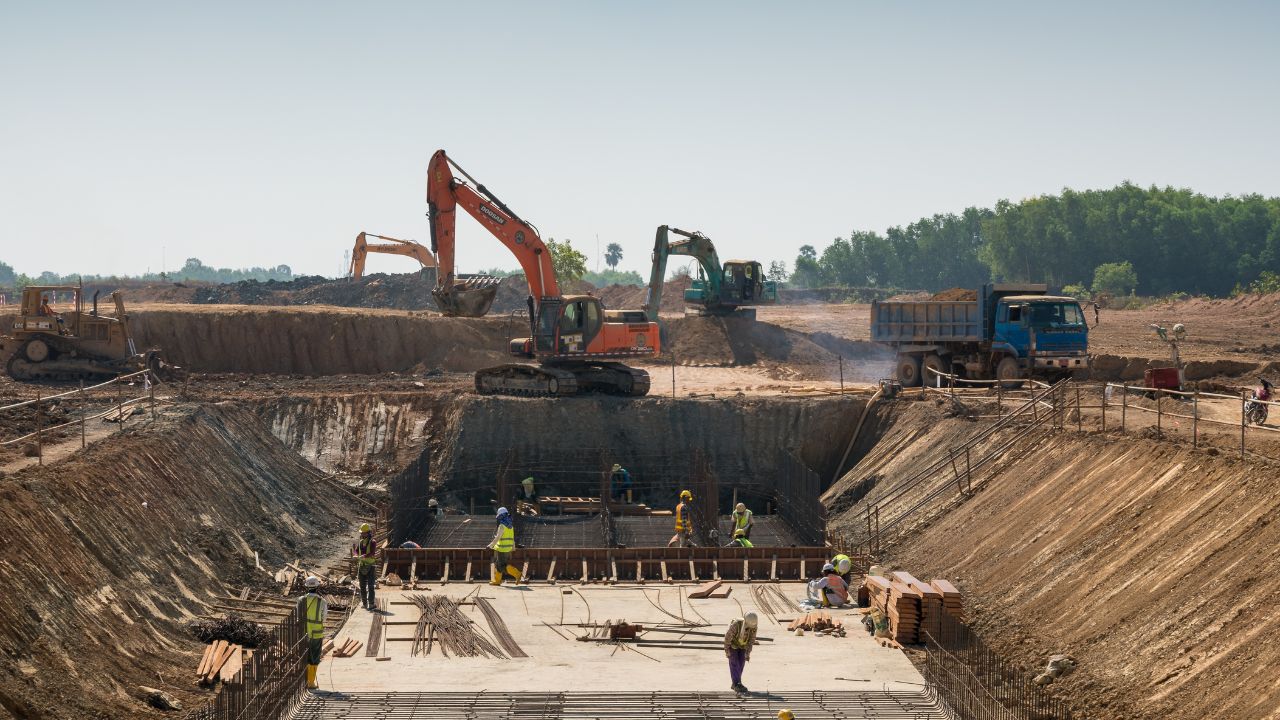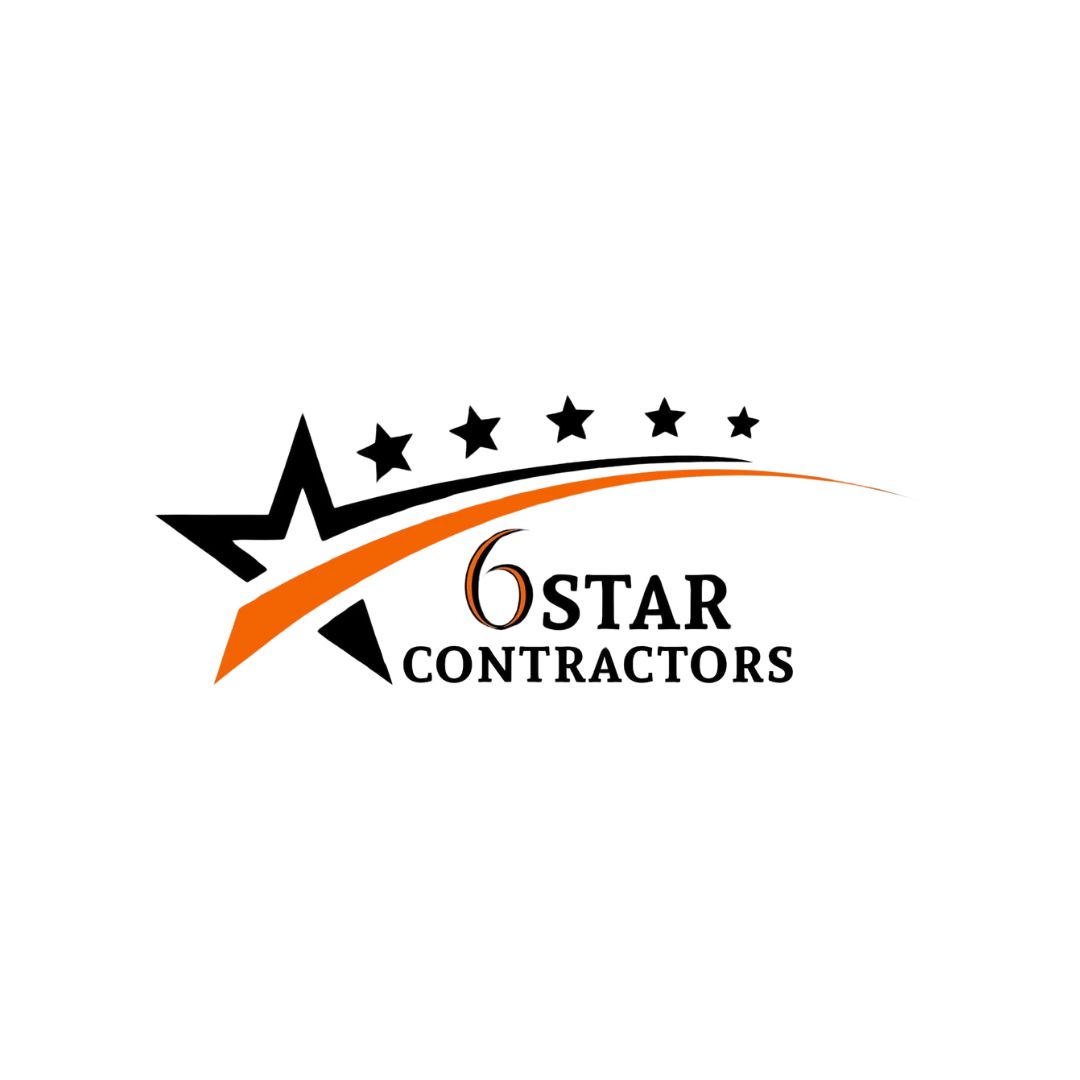The cost to insulate a house varies based on factors such as the type of insulation, R-value, and project size. For batt and roll insulation, prices typically range from $0.90 to $2.80 per square foot installed, resulting in a total investment of $1,400 to $4,300. The cost fluctuates according to the desired R-value, with insulation rolls priced between $25 and $96, covering areas spanning 40 to 75 square feet. In addition to material expenses, labor charges for installing batt insulation average between $0.70 and $1.50 per square foot. At Estimate Florida Consulting, we provide detailed estimates for your projects, helping you make informed decisions about your insulation needs.
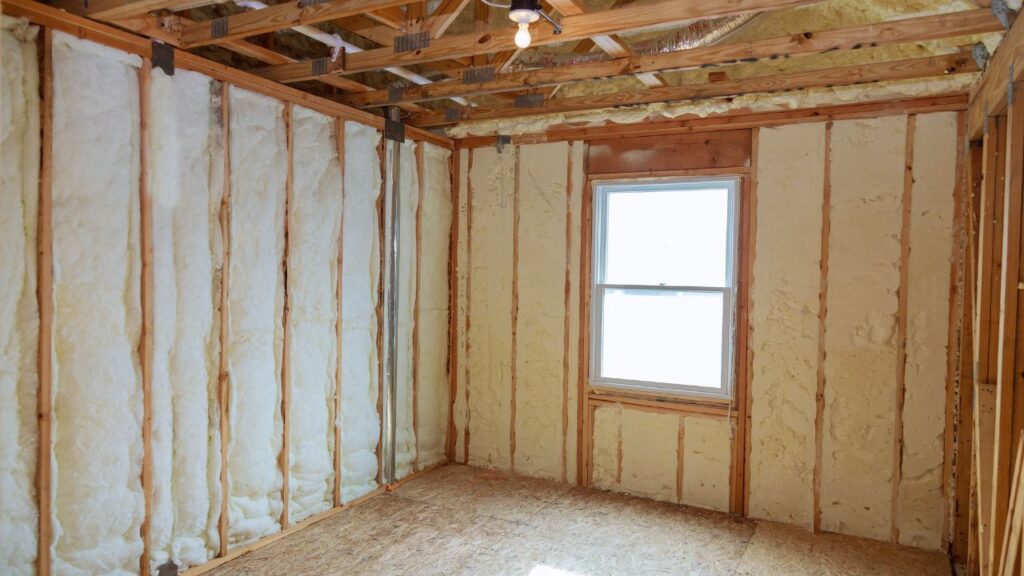
Home Insulation Cost Overview
The average expenses associated with home insulation can differ significantly, influenced by various factors. These include the chosen type and material of insulation, the specific location within your home, whether it’s a new or existing property, and the prevailing labor costs in your area.
Type of Insulation | Average Cost Range | Lowest Cost | Highest Cost |
Home Insulation | $3,000 – $10,000 | $2,000 | $24,000 |
New vs. Existing Construction: Elevating Insulation Expenses
When undertaking the construction of a new house, it presents a prime opportunity to integrate insulation seamlessly. With the walls and ceilings in their unfinished state, they remain accessible, allowing for the easy addition of insulation. Even after the completion of a home, consideration should be given to supplementing open spaces like attics with blown-in insulation. The expense of insulating a new home versus an existing one can be notably higher, now costing at least $2.00 more per square foot.
Replacement of Existing Insulation: A Costly Endeavor
For homes with aging or deteriorating insulation that no longer provides effective protection against conditioned air loss, the time may have come for insulation replacement. While certain types of insulation can endure for decades, others were designed to last only 20 to 30 years. If the insulation in your home exceeds this lifespan, replacement is likely overdue. It is crucial to note that removing existing insulation can expose individuals to hazardous chemicals, necessitating the involvement of a professional for a safe and secure project execution.
The cost of insulation removal varies from $2.00 to $4.00 per square foot. When combined with the expense of installing insulation in an existing home, the total cost for removal and replacement can now range from $3.50 to $9.00 per square foot.
Types of Home Insulation
Home insulation comes in four prevalent types, each characterized by distinct costs and advantages.
Blanket Batts and Rolls:
Batt or roll insulation stands out as one of the most cost-effective home insulation varieties and is exceptionally user-friendly, particularly for DIY enthusiasts. Designed to effortlessly fit within standard wall studs, rafters, and joists, this insulation type is easy to install, especially in the initial stages of new home construction before walls, ceilings, and floors are sealed. Commonly crafted from fiberglass, which poses a risk to lung and skin health, proper precautions—including protective clothing and equipment—are necessary. Alternatively, materials such as cotton, mineral wool, and plastic are available. The average cost of batt/roll insulation ranges from $1.30 to $3.00 per square foot.
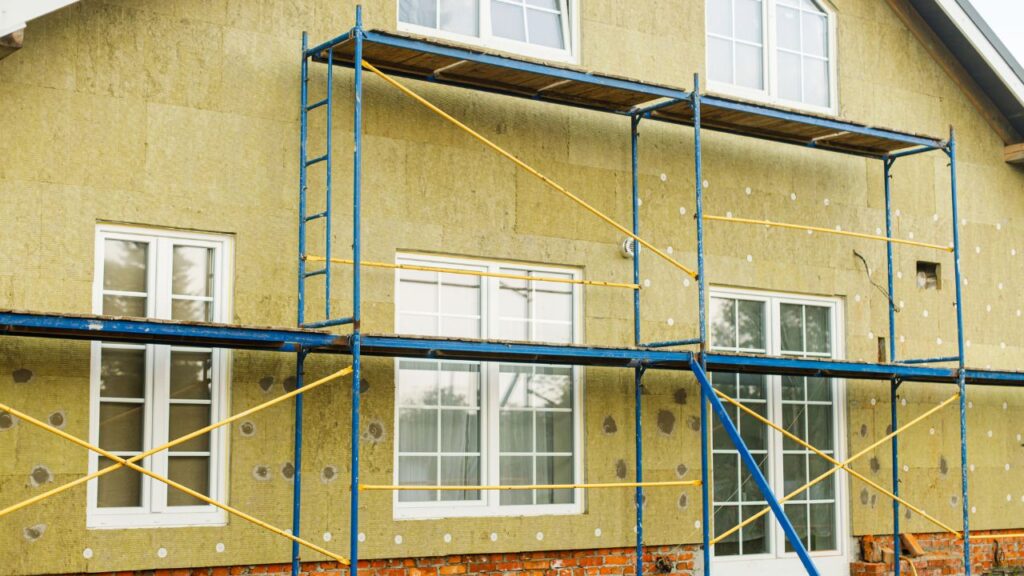
Blown-In:
Blown-in insulation involves the use of a machine to disperse insulation material into the confined space between the exterior and the designated insulated area. Primarily composed of recycled cellulose material, it may also feature fiberglass or rock wool. The flexibility of blown-in insulation allows it to conform to various spaces, making it advantageous for insulating existing areas or challenging-to-reach spaces. While DIY enthusiasts can rent insulation blowing machines, opting for professional services is recommended. The average cost of blown-in insulation varies from $2.00 to $4.50 per square foot.
Foam Board:
Foam board, or rigid foam board insulation, excels in exterior home insulation, typically installed beneath the siding. It finds utility in insulating basement floors and occasionally in unfinished walls during home construction. Although thinner than blanket insulation, foam board is among the most efficient options on the market in terms of thickness. The average cost of foam board insulation ranges from $3.00 to $4.50 per square foot.
Spray Foam:
Spray foam insulation, akin to blown-in insulation, proves beneficial for enhancing insulation in finished areas and hard-to-reach spaces within a home. Comprising liquid polyurethane, it is sprayed into wall cavities, expanding and solidifying into a dense foam. The two types available—open-cell and closed-cell foam—differ in cost, with the latter being pricier but denser, providing superior heat retention. Given its complexity, spray foam insulation is best handled by professionals. The average cost ranges from $3.75 to $9.75 per square foot. For whole-house insulation, estimate spray foam insulation costs for homes to see savings.
Home Insulation Costs Based on Location
The specific areas within your home that require insulation play a significant role in determining the overall cost. Achieving optimal energy efficiency necessitates insulating key areas such as the garage, basement, attic, roof, and walls.
Garage:
Garages are often devoid of insulation in their initial construction, with many homeowners opting to insulate only when finishing the space or adding living quarters above it. Some also choose to insulate garages to mitigate energy costs related to heat loss. While insulating a standard two-car garage can be relatively affordable, it’s worth noting that many insulation companies have minimum charges, often making it more practical to include the garage in a broader project. The average cost to insulate a two-car garage now ranges from $1.00 to $2.50 per square foot, excluding the garage door.
How much does Attic Insulation Cost Estimator?
Attic insulation costs $2 to $6 per square foot installed, depending on the type, R-value, job size, and complexity. The average cost to insulate an attic is $1,500 to $3,200. Small attic insulation costs start at $700, while insulating large attics costs up to $6,500.
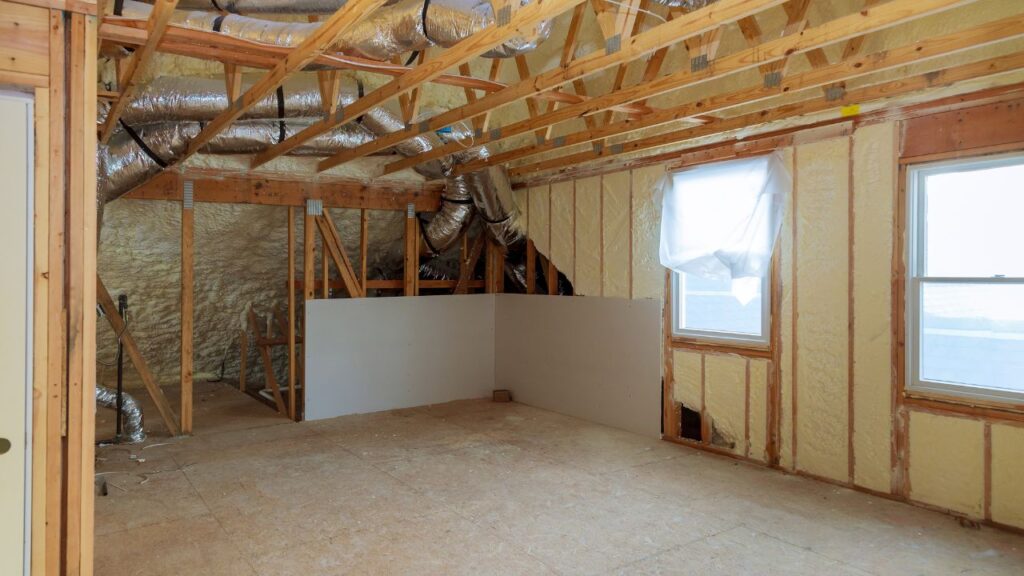
Basement:
Compared to the rest of the house, basements typically require less insulation, benefiting from the natural insulation provided by the surrounding terrain, which helps maintain a cool temperature in the summer and warmth in the winter. The average cost to insulate a basement has to $2.25 to $3.75 per square foot.
Attic:
The attic insulation stands out as a critical location for insulation, given the natural tendency of heat to rise. Many homes have insulation in the attic to counteract the loss of rising warm air. Spray insulation foam is a common material for attics, followed by batts or blown-in insulation. The average cost of insulating an attic has risen to a range of $2,250 to $9,000.
Roof:
Roof insulation becomes particularly valuable when struggling to retain heat in your home or when converting the attic into a livable space. Attic conversions, though potentially costly, can often be bundled with new roofing, featuring roof insulation or additional insulation for an existing roof. For new construction, professionals can now install rigid foam board insulation beneath the shingles. In existing construction, batting or spray foam can be applied along the rafters. The average cost for roof insulation has to $2,250 to $6,750.
Wall:
Wall insulation, the most common type, is typically installed as mineral wool or fiberglass batting set between the studs. In newly constructed homes, spray foam or rigid board insulation below the exterior house siding may be used. The cost of wall insulation now ranges from $1.25 to $5.00 per square foot.
Home Insulation Cost by Material
Home insulation comes in various materials, each with its own set of advantages and drawbacks. Certain materials are suitable only for specific locations, and some are tailored for new construction rather than insulation additions or replacements. Here are the most prevalent insulators, their common applications, and the average costs.
Fiberglass:
A widely used and affordable insulation material, fiberglass is commonly employed in batts or as loose-fill. It finds application in wall cavities and between floors during new construction or extensive renovations. The median cost of fiberglass insulation has risen to $0.60 to $2.25 per square foot.
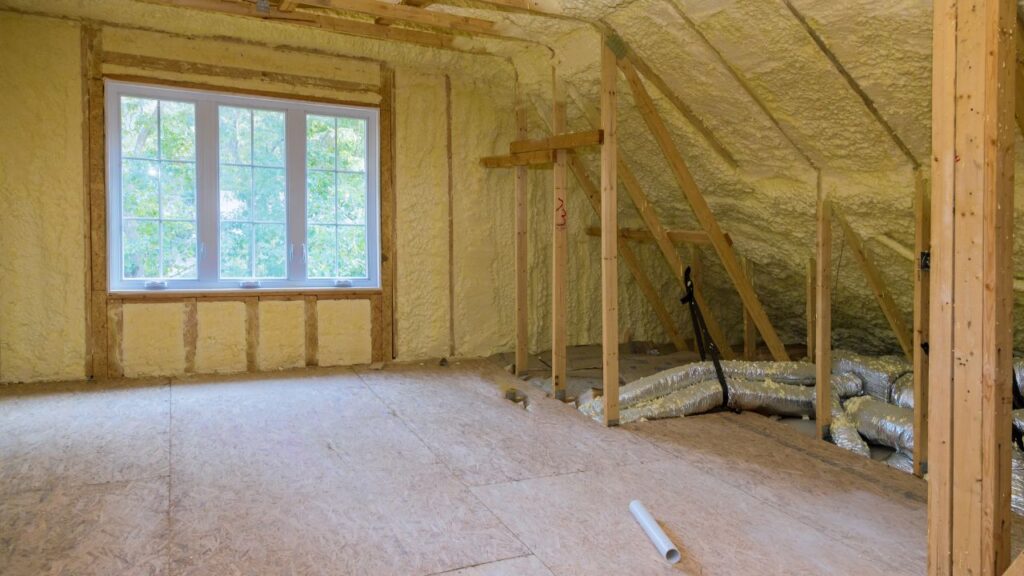
Cellulose:
Primarily used as loose-fill, cellulose insulation is blown into existing wall cavities. Often available in a damp spray form, it adheres as it settles into the walls. The cost range for cellulose insulation is from $0.90 to $3.45 per square foot.
Polystyrene:
Polystyrene insulation is utilized to create foam boards or spray foam insulation. Foam boards are applied to cover building exteriors (under roof shingles or siding), while spray foam is used to fill wall cavities or under attic floors. The median cost range of polystyrene has surged to $1.50 to $22.50 per square foot.
Blue Jean:
An eco-friendly and user-friendly insulation alternative, blue jean insulation is designed to replace fiberglass batting and is crafted from recycled blue jeans. Its absence of small glass particles makes it more DIY-friendly. The median cost range of blue jean insulation to $2.25 to $2.63 per square foot.
Rockwool (Mineral Wool):
Made from recycled furnace slag and spun into fibers, rock wool or mineral wool insulation is available in batts or loose fill. It offers superior insulation compared to fiberglass but at a considerably higher cost. Due to the silica content, professional installation is recommended to handle dust safely. The median cost range of rock wool has risen to $2.10 to $5.60 per square foot.
90% More Chances to Win Insulation Bids with
Our Estimate!
Wood Fiber:
Wood fiber insulation is employed to create rigid boards that insulate ceilings or interior walls. These large, heavy boards can only be installed on flat surfaces and are commonly used as an additional layer of insulation rather than the primary insulator. The median cost of wood fiber insulation to $5.65 to $9.00 per square foot.
Labor Costs for Home Insulation
The labor costs associated with installing home insulation exhibit significant variability, contingent upon factors such as the material type, installation method, equipment utilized, and the accessibility of the insulation area. Notably, spray foam insulation stands out as a type requiring specialized equipment, contributing to higher costs, driven further by the necessity for protective gear during the project. Anticipated home insulation labor costs now range between $0.50 and $5.00 per square foot, reflecting an across the board.
When Is It Time for New Insulation?
Insulation stands as one of the simplest and most efficient methods to enhance the energy efficiency of your home, providing warmth in winter and coolness in summer. However, determining when it’s necessary to replace your insulation is crucial. Here are key indicators:
Uneven Temperature at Home:
If certain rooms consistently feel warmer or cooler than others, it may be a consequence of uneven heat distribution. However, if a particular room consistently exhibits extreme temperature variations, it could signify gaps in the insulation, allowing heat to escape or infiltrate. This is a clear signal that insulation replacement may be necessary.
Frequent Leaks and Condensation:
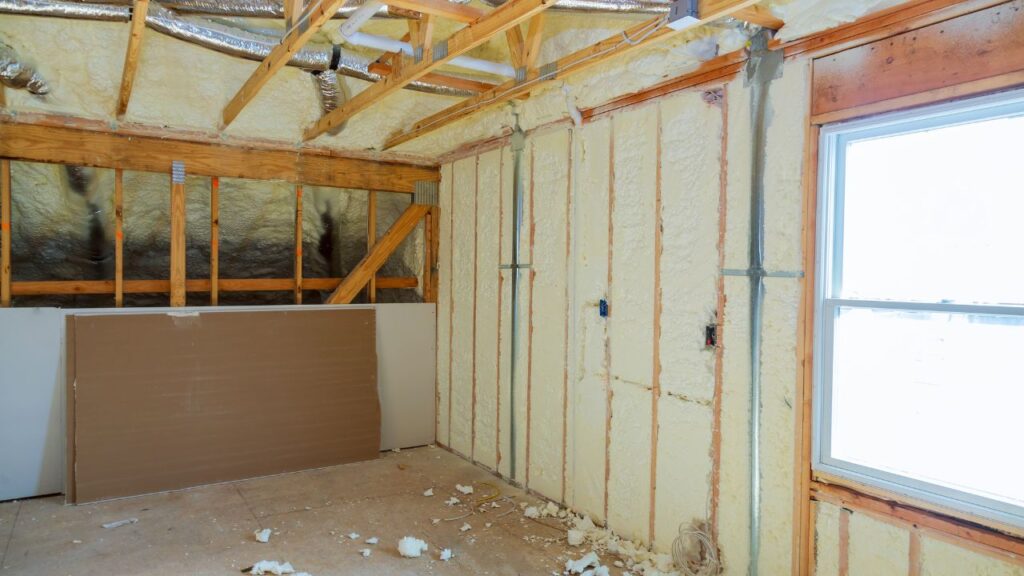
Water stains on walls or ceilings, along with recurrent leaks or condensation, may indicate inadequate insulation. Proper insulation should shield your home from moisture, and if it’s not performing effectively, moisture intrusion could lead to water damage and mold growth.
Energy Costs:
A noticeable spike in energy bills without a corresponding change in usage could point to the need for new insulation. Ineffectual insulation makes it challenging for your HVAC system to maintain a consistent temperature, resulting in higher energy expenditures. If you observe escalating energy costs, it’s time to consider a new insulation installation.
DIY vs. Professional Installation
With meticulous planning and preparation, certain types of home insulation can be successfully installed by homeowners. However, it’s essential to recognize that specific insulation types are better suited for professional installation. Batting and blown-in insulation projects are well within the capabilities of homeowners, while foam board and spray insulation are typically handled by trained professionals.
The installation process is both time and labor-intensive, often requiring access to hard-to-reach areas in your home. Therefore, allocate sufficient time not only for the installation itself but also for thorough research and preparation. While some insulation installations may appear straightforward, the location of the work may make it prudent to hire a professional installer, ensuring optimal results and peace of mind.
Additional Considerations and Enhancements for Insulation
Energy Requirements:
The energy standards for new buildings and homes in your area are often regulated by local, state, or federal codes. These regulations typically stipulate specific insulation amounts or R-values for different areas of your home. When constructing a new home, it’s crucial to ensure that your contractor is well-informed about and compliant with the energy requirements in your locality.
Upgrades:
Simultaneously with adding insulation, various energy upgrades can enhance the overall energy efficiency of your home. These improvements contribute to the thermal efficiency of your residence and may even qualify you for local or state rebates.
Alternative Products:
Many insulation manufacturers now offer eco-friendly options that incorporate recycled and/or biodegradable materials. Although these products may come with a higher price tag, their reduced impact on the environment can justify the cost.
Estimates:
For any home improvement project, especially when working with a contractor, it’s advisable to obtain at least three estimates. This practice allows you to gain a comprehensive understanding of the project costs and enables you to find the most cost-effective solution that aligns with your budget.
Want to Start Your Project with the Best Contractors?
Let’s Take Your Projects to the Next Level.
& What's you will get:
- Connecting You to Top Local Contractors
- Professional Consulting, Contractors Near You
- From Expert Advice to Local Contractor Connections
Contact Now
Let's discuss with a cup of coffe
Advantages of Installing New Insulation
When it comes to value for your investment, insulation is hard to beat. The installation of new insulation in your home can significantly enhance its comfort, energy efficiency, and overall worth, providing the following benefits:
Energy Savings:
New insulation is a cost-effective solution for lowering heating and cooling expenses. By regulating the interior temperature, insulation reduces the workload on your HVAC system, leading to reduced energy bills and preventing uncomfortable drafts throughout the house.
Sound Insulation:
Beyond its temperature-regulating and energy-saving benefits, insulation also offers soundproofing advantages. In rooms where external noise can create echoes or vibrations, insulation helps minimize such disturbances. It not only reduces incoming noise from outside but also prevents the transmission of sound between rooms.
Temperature Regulation:
For an improved living experience, insulating your home is a key step. Insulation not only maintains a consistent temperature throughout your home, minimizing the occurrence of hot or cold spots, but it also contributes to an overall more comfortable living environment.
Conclusion
The cost to insulate a house is a variable investment influenced by insulation type, R-value, and project scope. Whether opting for cost-effective batt and roll insulation or more advanced options like spray foam, the expenses range from $0.90 to $9.75 per square foot. New constructions offer prime opportunities for seamless insulation integration, while existing homes may incur higher costs. Replacement of aging insulation, ranging from $3.50 to $9.00 per square foot, becomes crucial for optimal energy efficiency. Homeowners must consider insulation types, materials, and locations, with costs varying accordingly. Labor charges range from $0.50 to $5.00 per square foot, emphasizing the importance of professional handling for intricate projects. Overall, investing in insulation provides energy savings, soundproofing, and enhanced temperature regulation, making it a valuable and cost-effective home improvement. For accurate project estimates, consulting professionals like Estimate Florida Consulting ensures informed decision-making in meeting insulation needs.
FAQs - Cost to Insulate a House
The cost of insulating a house depends on factors such as the type of insulation, desired R-value, and project size.
Prices for batt and roll insulation range from $0.90 to $2.80 per square foot installed, with a total investment of $1,400 to $4,300.
Yes, labor charges for installing batt insulation average between $0.70 and $1.50 per square foot.
Home insulation costs vary, but the average range is between $3,000 and $10,000, with the lowest cost at $2,000 and the highest at $24,000.
Yes, insulating a new home can cost at least $2.00 more per square foot compared to an existing home.
The four prevalent types are Blanket Batts and Rolls, Blown-In, Foam Board, and Spray Foam.
Comprehensive Trade-Specific Estimates
At Estimate Florida Consulting, we offer detailed cost estimates across all major trades, ensuring no part of your project is overlooked. From the foundation to the finishing touches, our trade-specific estimates provide you with a complete and accurate breakdown of costs for any type of construction project.
Our Simple Process to Get Your Estimate
Upload Plans
Submit your project plans, blueprints, or relevant documents through our online form or via email.
Receive Quotation
We’ll review your project details and send you a quote based on your scope and requirements.
Confirmation
Confirm the details and finalize any adjustments to ensure the estimate meets your project needs.
Get Estimate
Receive your detailed, trade-specific estimate within 1-2 business days, ready for your project execution.


Our Clients & Partners
We pride ourselves on building strong, lasting relationships with our clients and partners across the construction industry.
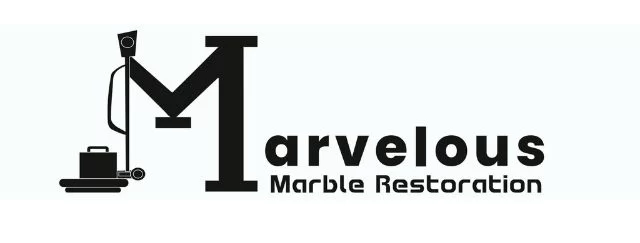
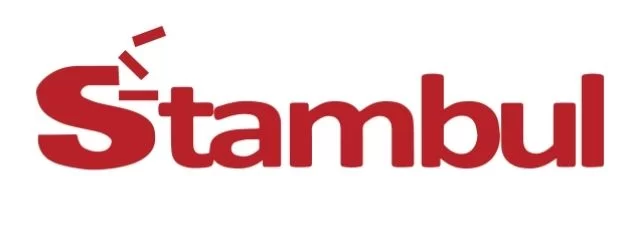
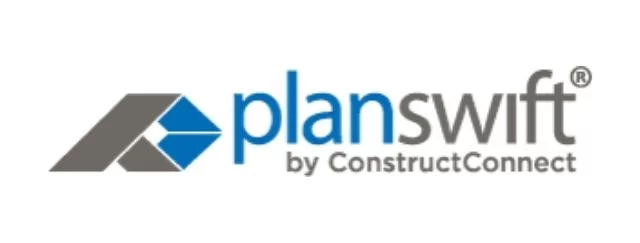
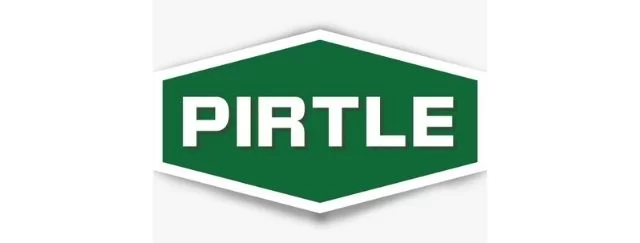

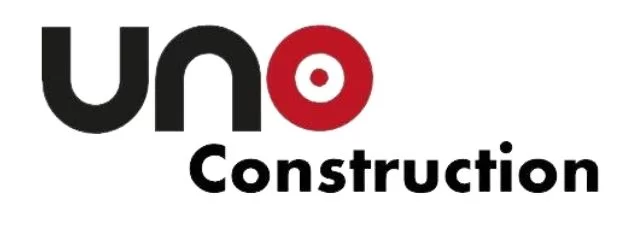
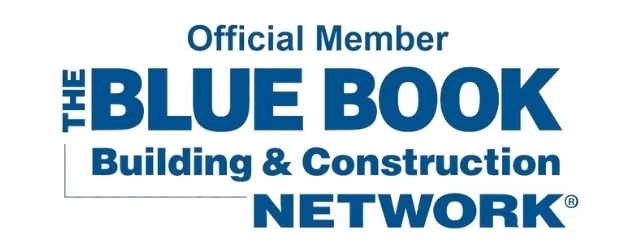
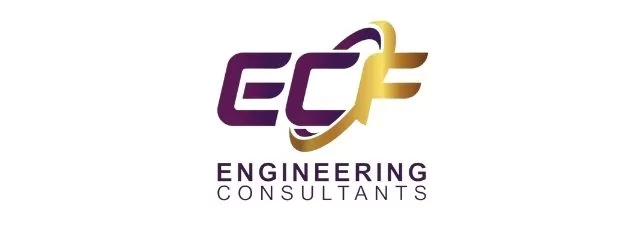
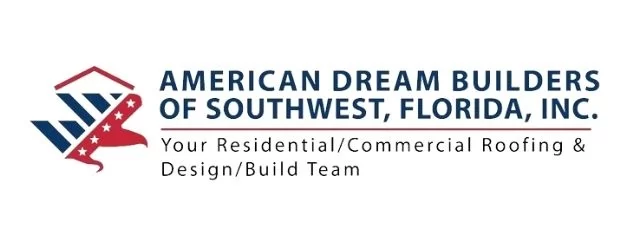
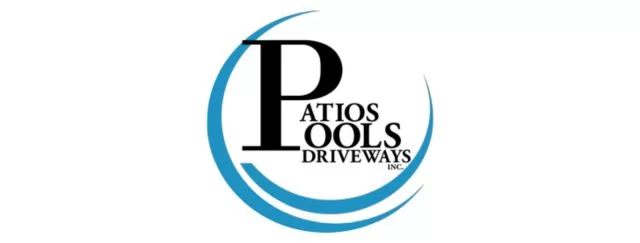

What Our Clients Say?
We take pride in delivering accurate, timely, and reliable estimates that help contractors and builders win more projects. Our clients consistently praise our attention to detail, fast turnaround times, and the positive impact our estimates have on their businesses.
Estimate Florida Consulting has helped us win more bids with their fast and accurate estimates. We trust them for every project!
